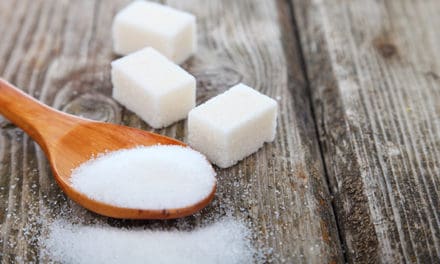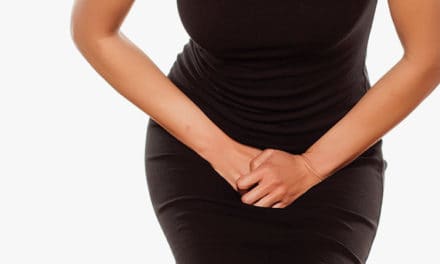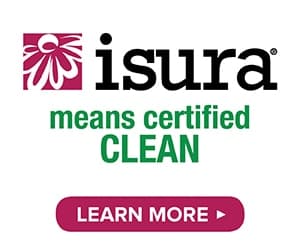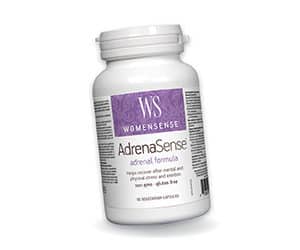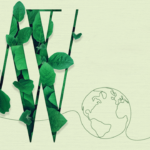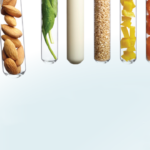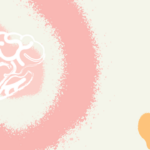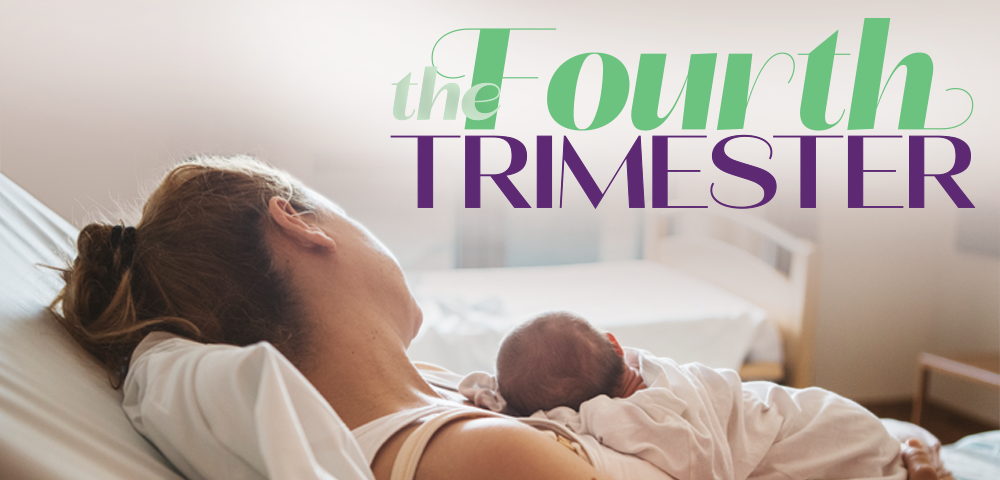
The post-partum phase is described as the six-week to six-month period following delivery. It is said to end when the mother’s body has returned to its pre-pregnant state.
POST-PARTUM RECOVERY
The post-partum phase is described as the six-week to six-month period following delivery. It is said to end when the mother’s body has returned to its pre-pregnant state. Returned? Some of us never return to that state. At least not without some help.
Unlike many other animal species, human babies are born relatively early. We evict them from our bodies in a helpless state after only nine months because of their enormous heads. The following 12 weeks, or the “fourth trimester,” is pivotal for the mother’s healing and the baby’s development.
IT MAY NOT GO AS PLANNED
During my fourth trimester, I planned to follow the 5-5-5 recovery plan, but an emergency C-section interrupted it, turning it into a 5-5-35! In other words, I spent five days in bed, five days sitting on the bed, and 35 days around the bed before transitioning to climbing stairs or carrying anything heavier than my 7 lb newborn. At 39, I was also told my healing abilities would be less than average, given my advanced maternal age. Regardless, I planned to recover as best I could by preparing a few months in advance. What worked for me might not work for you, but here is my journey.
STOCK UP ON HEALING FOODS
Following traditional Chinese medicine, I stocked my pantry with warming and healing meal ingredients. I ensured plenty of root vegetables, rice, oats, spices (ginger, turmeric, cumin, cinnamon, and fennel seeds), and red raspberry leaf tea were in my cabinet. I filled my freezer with two dozen servings of homemade chicken broth, chilis, and stews. Not only did this save time in those hectic first few weeks, but it also helped my husband out!
EMBRACE THE EMOTIONS
For me, the fourth trimester was a time of massive change, forged relationships, and crying… a lot of crying. It was an intoxicating blend of bliss intertwined with fear and contemplation. What did we do? So, I started a daily journal to help get my feelings out on paper. Thankfully, higher prolactin levels helped this process progress in the next two weeks. I also learned it was OK to choose my visitors, especially when not everyone’s intentions and energies would meld well with the vulnerable state I was in.
NUTRITIONAL SUPPORT
During this intensely chaotic time, I supported myself with some essentials to maintain good nutrient status for myself and my daughter. And although I struggled with producing enough milk in the beginning, I was blessed with being able to breastfeed her.
So I knew that taking my prenatal vitamins with iron and vitamin K2, phosphatidylcholine, and an omega-3 blend with vitamin D would also support her.
FOR THE NOT-SO-EASILY QUEASY
Mothers develop placentas with the sole purpose of transporting nutrients to their unborn babies. I also wanted it to help sustain me, and surprisingly, I had much support from the hospital nurses to enable this. Once home, and after getting past the ick factor, I froze two-inch portions to add to my daily smoothie. I enjoyed a powerfully nutritious and tasty drink for nearly three weeks with organic maca powder, protein-dense spirulina, frozen berries, and organic yogurt supporting my microbiome. Plus, it provided closure to the process in a way I felt I had missed by not having the vaginal delivery I had planned.
CARVING OUT TIME FOR MYSELF
Although there appeared to be no me-time in the first few months, I tried to get 30 minutes of self-care daily. This meant enough time for me to have a healing sitz bath, prepared with half a cup of Epsom salts in warm water, a few pellets of arnica to help heal my traumatized parts, and different essential oils depending on my mood. I made time to reflect on my altered body and mind, helping me become more enlightened about my post-partum journey.
To all new moms, recognition of the fourth trimester is often a mere one-page nod at the end of a pregnancy book. But we all need to give this vital trimester more attention. Rather than feeling pressured to bounce back to the “way we were,” mothers should feel more supported to take basic steps that help their changing bodies and emotions. Finding comfort and validation through embracing this transition can be very beautiful.


